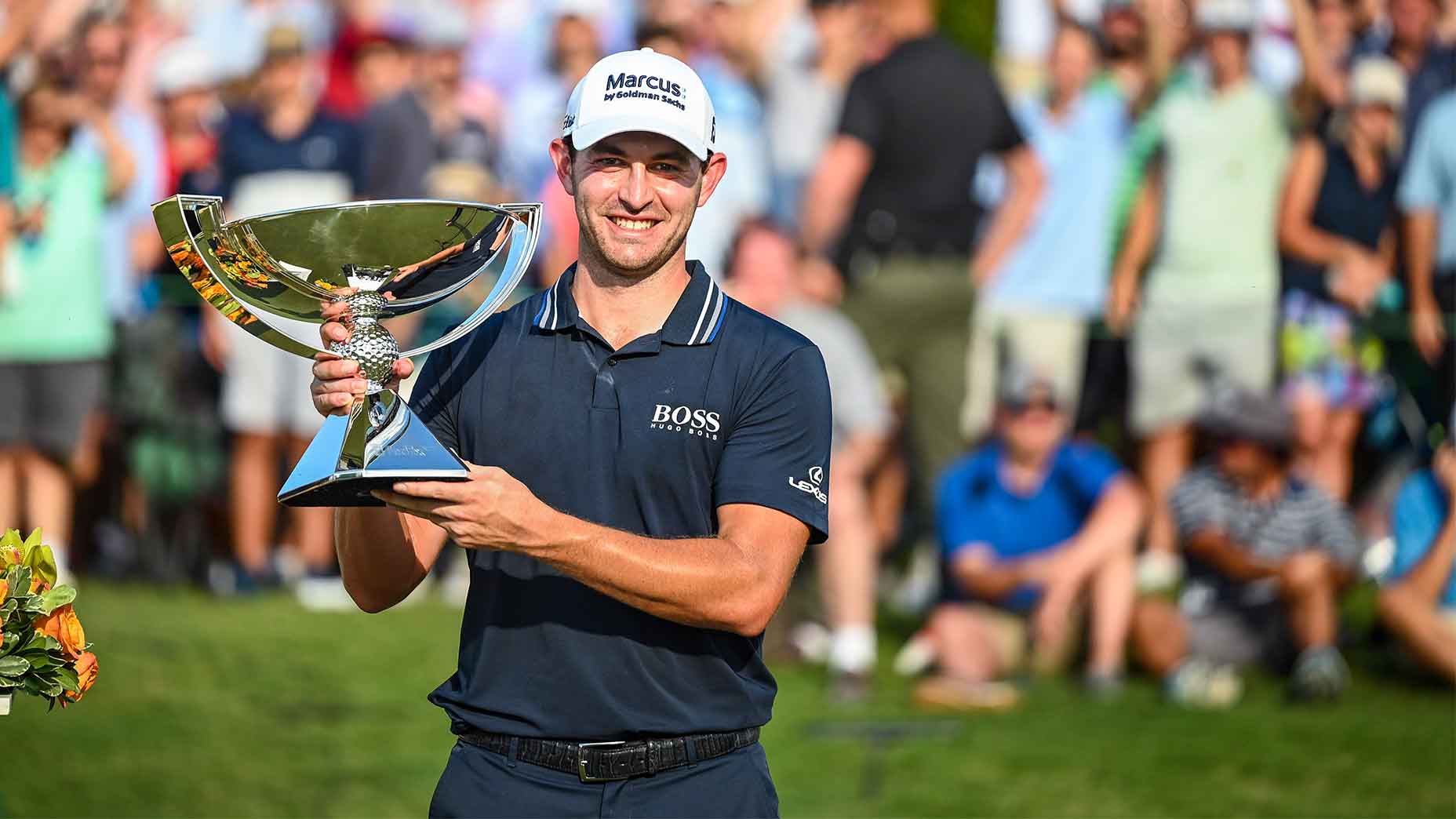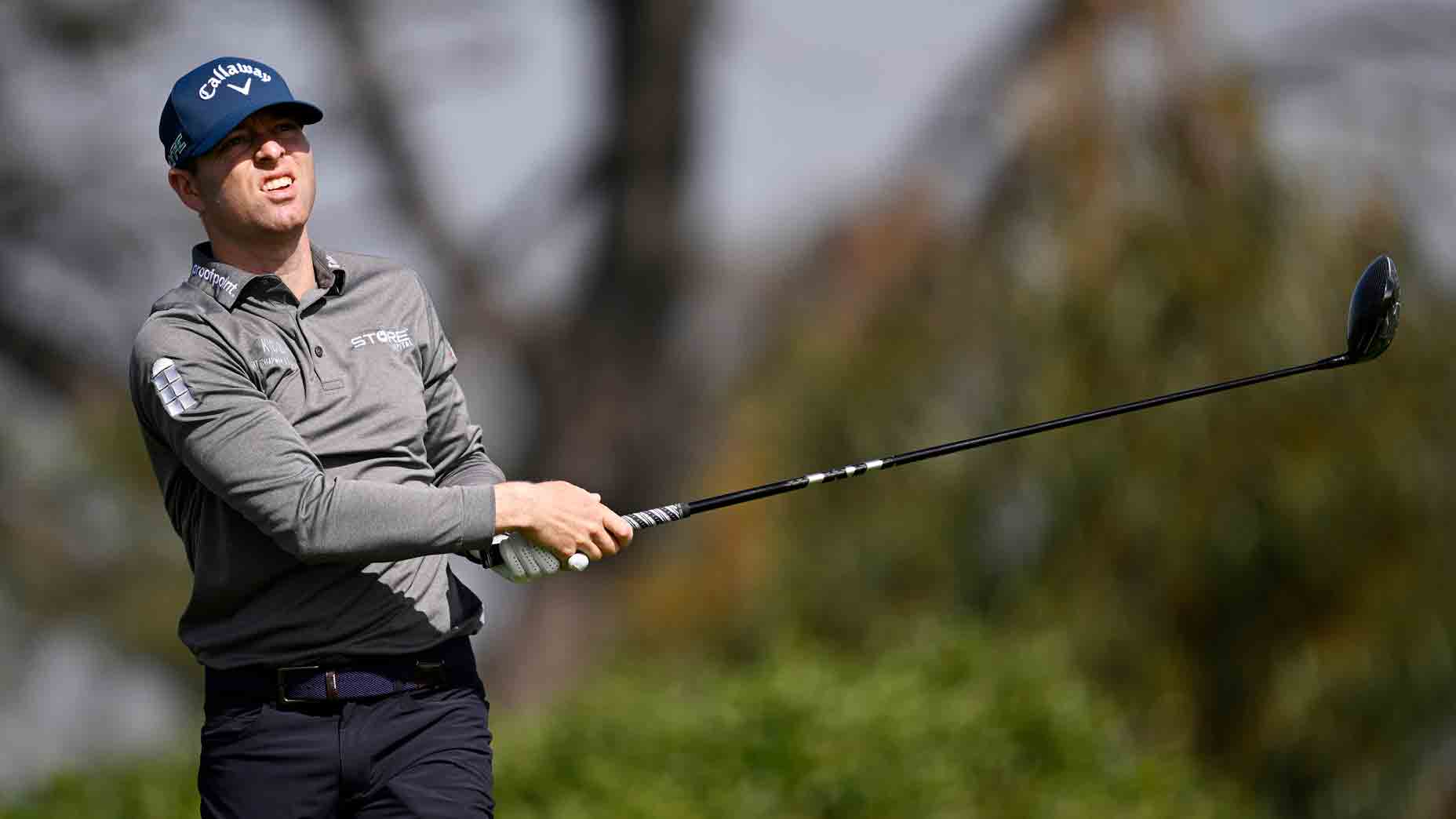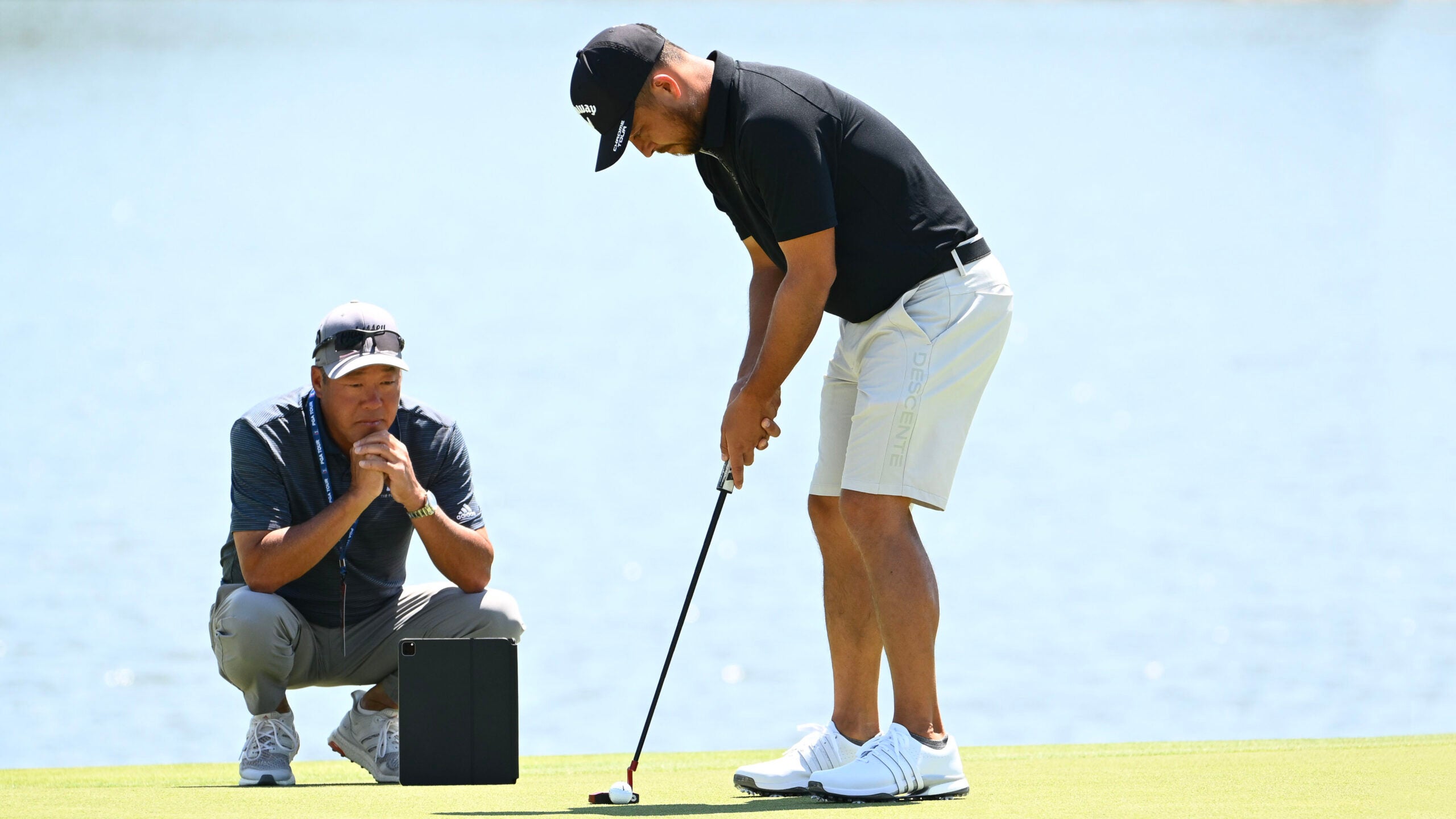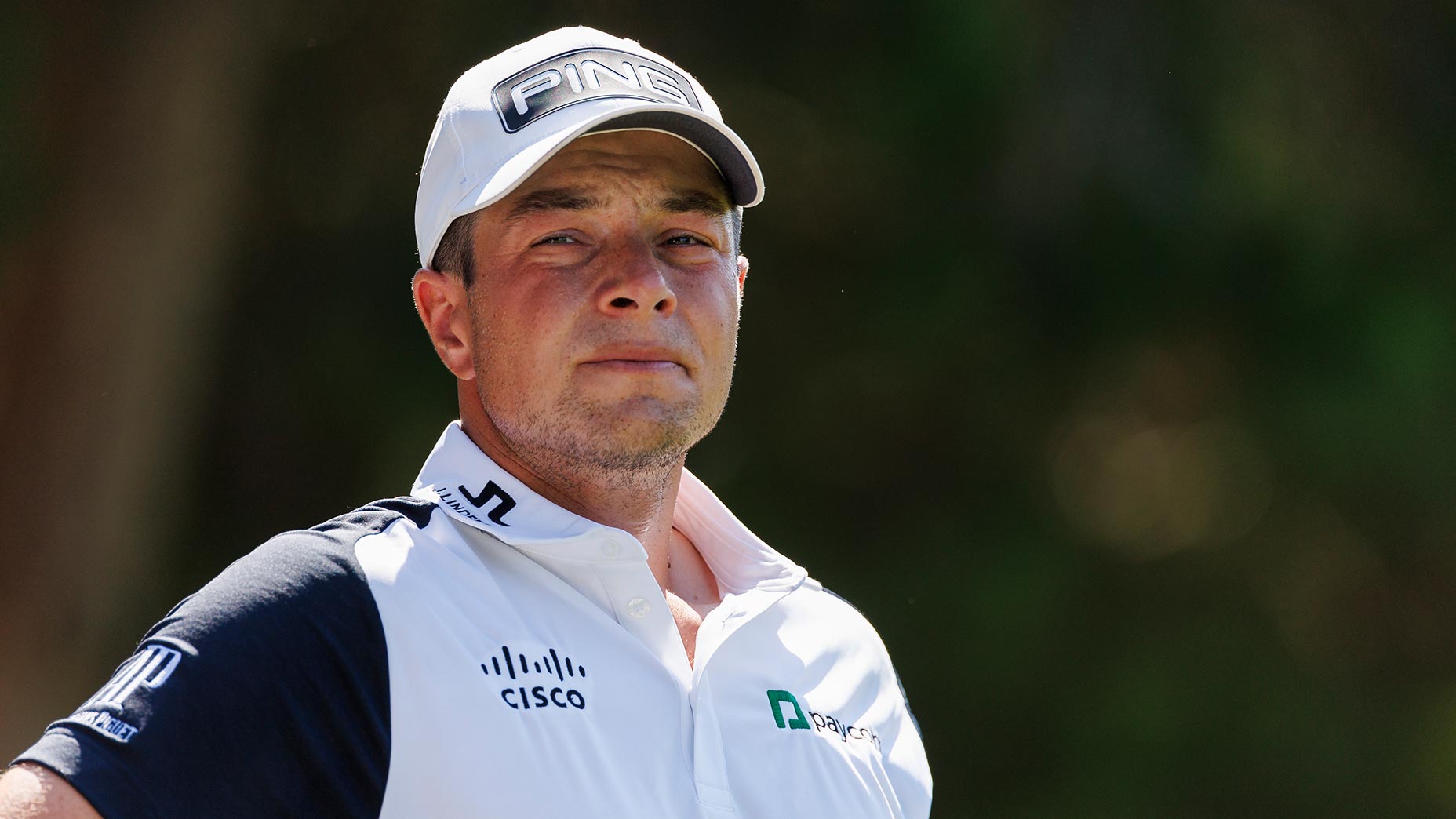You couldn’t blame Rory McIlroy if he’s thinking green in more ways than one.
On Tuesday, the PGA Tour announced more than $100 million in purse increases for the 2022 season, according to a three-page memo from Commissioner Jay Monahan sent to players that was circulated on social media and first reported by Golfweek. The increases, which span well beyond traditional prize money and into a variety of different potential revenue streams for players, represent the Tour’s biggest movement yet in response to outside competition posed by the rumored league from Greg Norman-led LIV Golf Investments. (The news also comes just two weeks after the European Tour announced it is doubling its prize fund in 2022.)
In the memo, the Tour outlines $105 million in increases for 2022, roughly $70 million of which come from surging revenues (Tour forecasts project total revenue will increase to $1.522 billion in 2022). According to Monahan, the remaining $32 million comes from the Tour’s “reserves” — ostensibly unspent money from previous years — rounding out the remainder of the purse increases.
10 burning questions about Greg Norman’s mysterious new golf leagueBy: Dylan Dethier
Some of the biggest individual highlights of the new purse pool:
- FedEx Cup bonus pool will grow from $60 million to $75 million
- Comcast Business Tour Top 10 will double from $10 million to $20 million
- PIP Program will increase from $40 million to $50 million
- The creation of the Play15 Bonus program, which will have a payout of $10 million
- Players Championship purse expands to $20 million
Not included in the above list is $60 million in new prize money, bringing the yearlong total for the PGA Tour to $427 million (from $367 million in 2021). As part of the increase, the average Tour purse will jump a full million dollars to $9.1 million, while the prize money at player-hosted invitationals (Genesis, Arnold Palmer, Memorial) and WGC events will increase to $12 million.
PGA Tour money has come under increasing scrutiny in recent years, particularly in the last several months as activity has swarmed around Norman’s rumored new league (and its deep-pocketed financiers). Fully guaranteed contracts, ownership stakes and guaranteed cutlines serve as some of the new league’s biggest hooks, and would seem to stand in direct contrast to the PGA Tour’s efforts to compensate its players, which are sometimes criticized as bottom-heavy.
Full memo sent to PGA Tour members today: pic.twitter.com/PvUUHD0nsr
— No Laying Up (@NoLayingUp) November 22, 2021
“I think if we would change the way the money pays out where the top 30, 40 guys get paid a lot of money and then you don’t get paid as much down below, so it really pushes guys to really do everything they can to be the best player that they can be,” said Billy Horschel last week, echoing a sentiment shared by many around the game in the last several years. “By doing that I think that takes care of any other Tour that comes competing against the PGA Tour or the European Tour. Like I said, I think we’re doing great stuff, but I think we need to make sure that we’re looking at all scenarios before we make an ultimate decision of the path forward.”
To combat those issues, the Tour has announced a series of player-driven initiatives to put more money in the pockets of its highest-earners, including the aforementioned PIP Program. Monahan’s memo represents the latest effort at those changes — and just in time for the holidays!











